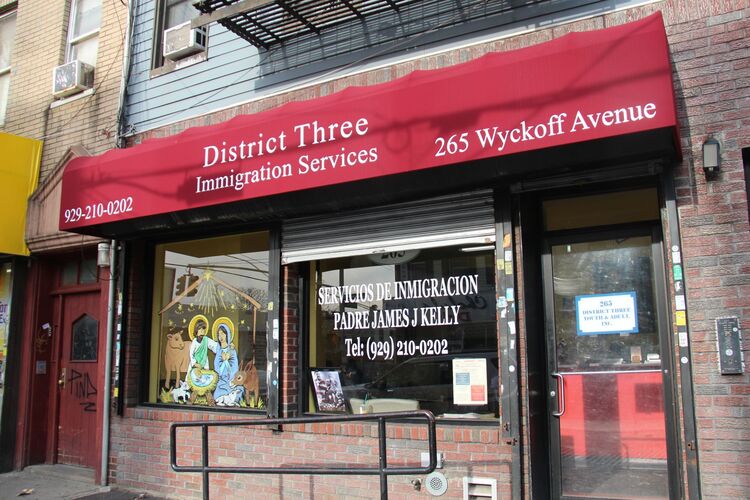The author in 1998 with the dog whose purchase as a pup by Campbell Black five years earlier was related in Part 1.
Part 2
By Joe Fegan
The day I got a call from my Scottish friend Campbell Black (more famous as Campbell Armstrong, author of “Raiders of the Lost Ark” and many other best-sellers), I had no idea that it would change my self-conception and even my life. But maybe I should have had an inkling. The call — a joyous reconnection along with an invitation to visit him at his new digs in Ireland — came on St. Patrick’s Day, 1992. (Read Part 1 here.)
I’d always considered myself a “classic American mix” of English, Irish and German, and the Irish holiday had meant relatively little to me before then. Of course I was aware of my 25 percent Celtic heritage, but it had never been a big deal in my family. That my friend’s call came on the quintessential Irish day seemed nothing but coincidence.
Campbell had bought an old, decrepit and almost comically creepy manor called Cangort House in the hamlet of Shinrone, near Birr in Co. Offaly. It was, he told me during that fateful phone call, “the mother of all money pits.” I visited the next year and learned that it also contained an odd walled-off space, known locally as “the Devil’s room.” And therein lay a strange tale that would eventually lead to my writing, as “Joe Fegan,” a comic gothic novel of the same name.
The first visit, in 1993, led to a second and third — the last in 1998, with my wife and our two children. They hadn’t been to Ireland before, even though my wife, like me, had Irish ancestry on her mother’s side that she hadn’t been much in touch with. So we planned not only to spend several days with Black and his wife but to do some touring.
We’d prepped for the trip by watching the TV series “Ballykissangel” (filmed in Avoca, Co. Wicklow), a BBC Northern Ireland production that had begun in 1996 and been picked up by our PBS affiliate in 1998. It was a droll, ground-level look at the emerging Celtic tiger that had somehow caught fire. Our kids were old enough to appreciate it, and for several months before our trip it became a weekly family ritual to plunge into Irish village life via “Bally K.” Once in Ireland, we used Shinrone as a base for day trips, taking the kids to see Clonmacnoise, the Birr Castle Demesne, the Rock of Cashel, Avoca, Glendalough, Powerscourt and the Book of Kells and Trinity College in Dublin.
After bidding our friends adieu we took a two-day tour of the West — Limerick and the Cliffs of Moher, then through the Burren and to the Poulnabrone dolmen (a neolithic monument) before returning to Shannon to fly back to the States. The second day, during which we motored through the Burren looking for the elusive dolmen, provided a piquant taste of the land that awakened my own Irishness.
As designated driver I’d had many harrowing experiences — driving on the “wrong” side of the road, navigating high-speed roundabouts and threading narrow lanes between rocks and hard places while being pressed closely from behind with trucks lumbering ahead. We finally found the famous but somewhat underwhelming dolmen (it wasn’t nearly as big as brochures made it appear) on our third pass, mainly because we spied a tour bus pulling out of a tiny parking space and concluded it must be near. We spotted the dolmen just before a French tour arrived and hurried up a hill toward it just ahead of the wine-sipping surge. The landowner had posted “No Trespassing!” signs on the way to this national attraction, but we, like the bibulous French tourists, found them comical.
It was just before we found that site, though, that we had our Irish revelation. I was piloting our tiny rental car, stuffed with luggage, souvenirs, etc., up a hill on a blind curve between jutting rock walls when a car full of teenagers came careening toward us. There wasn’t time to do anything but dodge to the left, and we barely avoided a collision — with the teenagers. But our front tire hit a rock and went flat. “Great!” I thought. “What next?” We had a spare, but it was under the packed trunk (or boot, as they say).
I’d no sooner opened the trunk than a young couple arrived on bicycles. “Can we help?” asked the smiling woman, and almost before I could reply her husband set about unloading the trunk. She kept me talking while he quickly changed the tire and repacked our luggage. “Well,” she said, “there you are!” I’d barely stammered our thanks and shook their hands before they pedaled off. Their tourist rescue had taken maybe 10 minutes but seemed to crystallize Ireland: the occasional terror of its roads and the matter-of-fact kindness of its people.
From then on I realized I’d crossed some kind of psychic Rubicon — or River Shannon — to see myself, at last, as an Irish-American.
Part 3 will follow. Joe Fegan is the pen name of Jeff Durstewitz, author of “The Devil’s Room” (thedevilsroom.com), an Irish gothic comedy available on Amazon.com. (He comes by his Irishness naturally; his great uncle was named Joe Fegan.) He’s also the co-author, under his own name, of the award-winning Bantam dual memoir “Younger Than That Now — A Shared Passage From the Sixties.”







